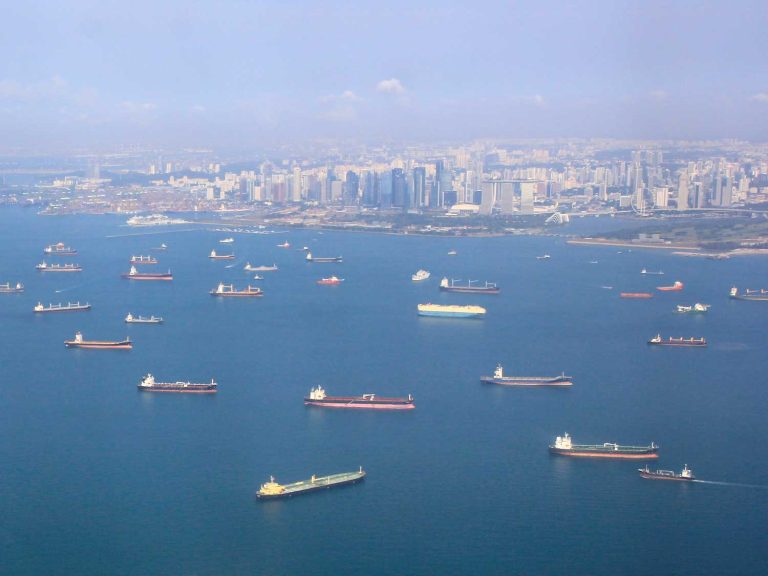
Date:
Global port congestion threat to capacity
The Red Sea crisis and the much longer sailing distances triggered by the diversion around Africa’s Cape of Good Hope (COGH) soaked up existing market overcapacity, which was just enough to cope with the extended COGH transit times, provided there were no additional disruptions to maritime supply chains.
The demand spike that began in Q1 caught everyone by surprise, but while speeding up vessels may have released additional capacity, increasing port congestion has eradicated any benefit from that capacity and is exacerbating an already serious situation.
Port congestion in Asia and the Western Mediterranean has been gradually worsening for several months, but it is only now becoming plain that with zero excess capacity in the market to deal with new problems, port congestion is a critical issue.
Shanghai, Ningbo, Qingdao and Singapore are particular chokepoints, with the latter’s berthing delays reaching seven days, forcing some carriers to omit planned calls, which will exacerbate the problem at downstream ports, that will have to handle additional volumes.
The delays have also resulted in vessel bunching, which contributes further to berthing delays and operations at downstream ports.
A current example of the accumulative impact of port congestion is ONE’s vessel, the MOL Presence, operating its Japan-Straits Malaysia loop. The vessel was six days late when it called at Hong Kong on the 12th May, which increased to seven days when it reached Port Klang in Malaysia, while congestion at Singapore means it would be 10 days late calling there on the 23rd May.
In terms of sailings on the westbound trade, 128 container vessels arrived in North Europe during April against an advertised 169. That’s a 25% reduction against expectations.
Western Mediterranean ports have been handling massively increased volumes as carriers from Asia drop boxes destined for the eastern Mediterranean and while they managed Q1 throughput, they are operating close to operational capacity, which means that any continuation or increase in volumes could lead to potentially serious congestion.
Port congestion and the consequential delayed vessel schedules is also creating issues with empty container availability, as boxes become delayed in transit, resulting in lower stock availability in the regions and at ports where they are needed. This impact is escalating daily on some trades and we will continue to update as this next challenge evolves at a fast rate.
The disruptions and higher sea freight prices from Asia could push even more volumes to sea/air solutions, that offer massively faster transit times than ocean, while being far less expensive than air freight.
It is important to note that while we are seeing dramatic increases on trades out of the Far East, the export spot market remains flat and there is also little movement on the Transatlantic trade.
We work closely with our network and carrier partners to monitor port congestion and equipment availability across Asia and Europe, with contingency plans to ensure product is delivered to market, without delay, until congestion finally subsides.
To learn how we can help you avoid disruption and port congestion, or to request our regular ocean market report, please EMAIL our sea freight director, Andy Smith, who can advise on the best solutions for your ocean supply chain.
